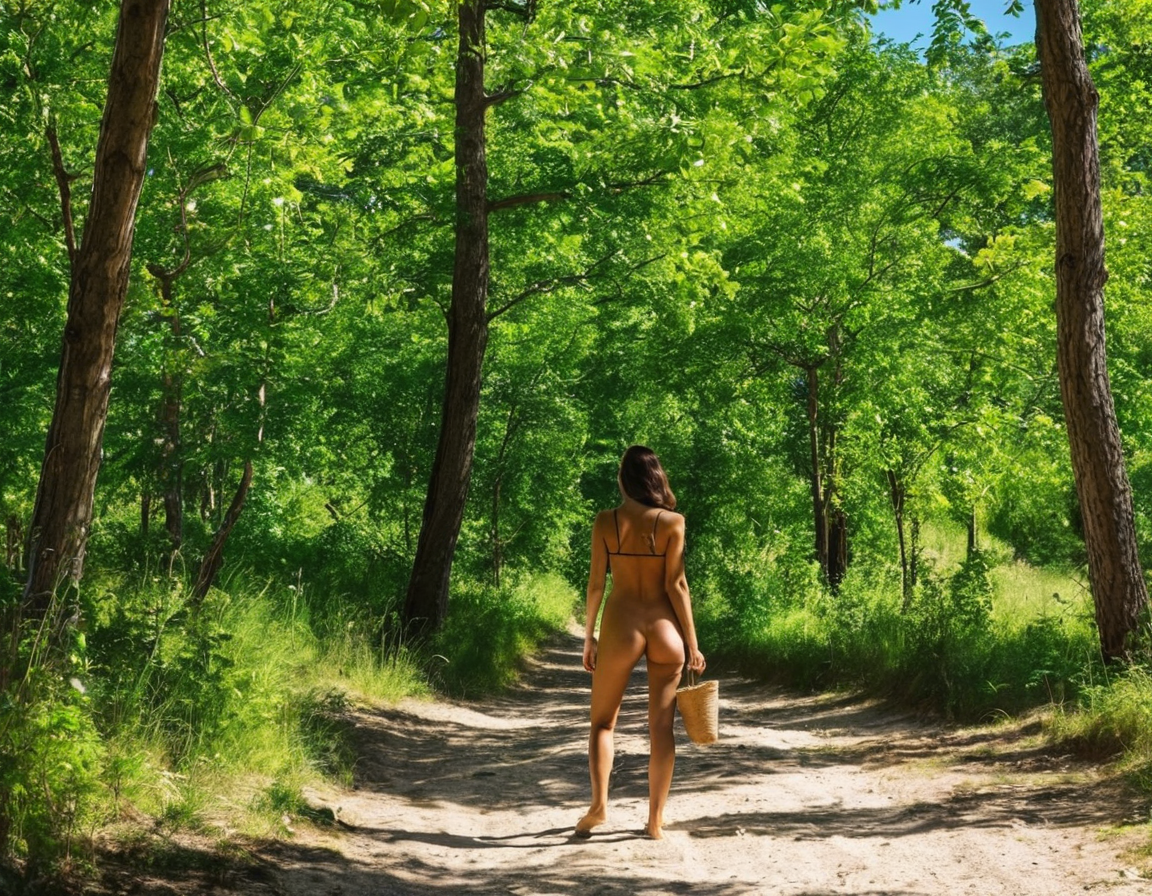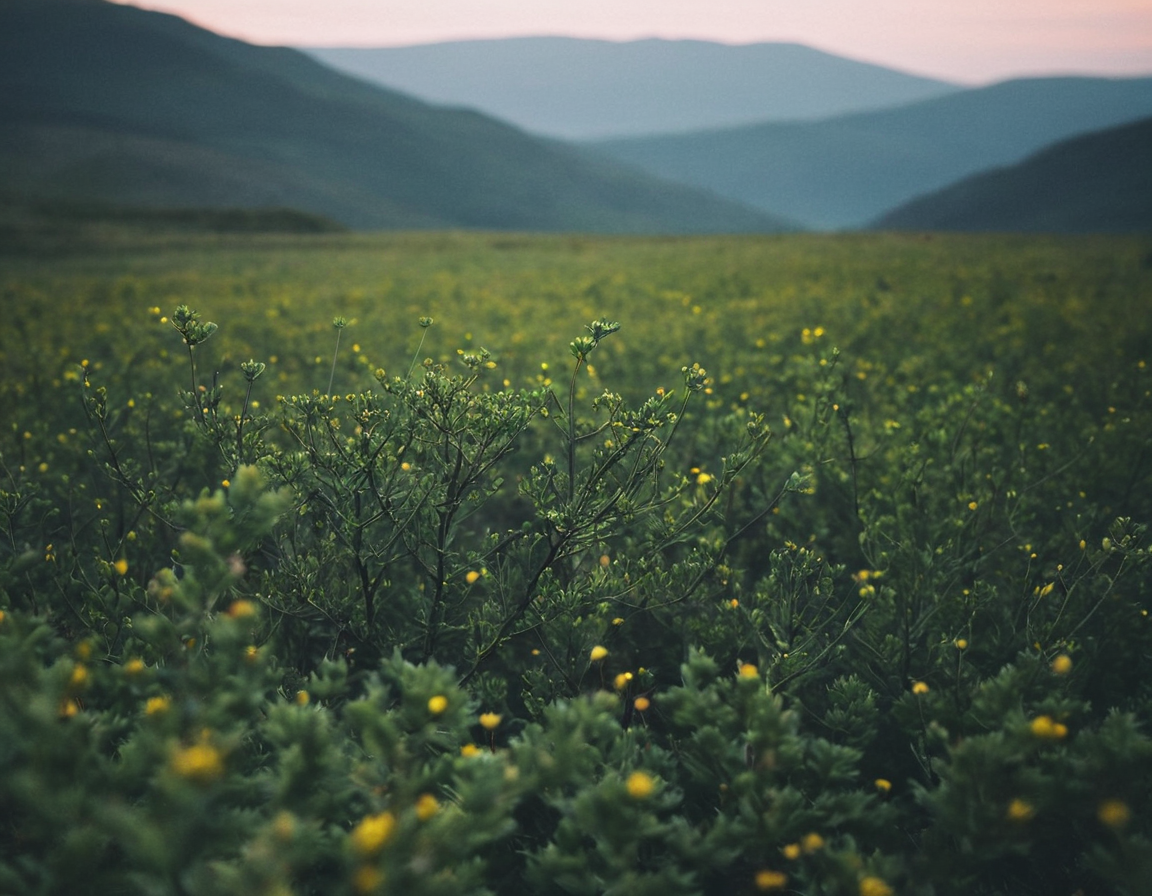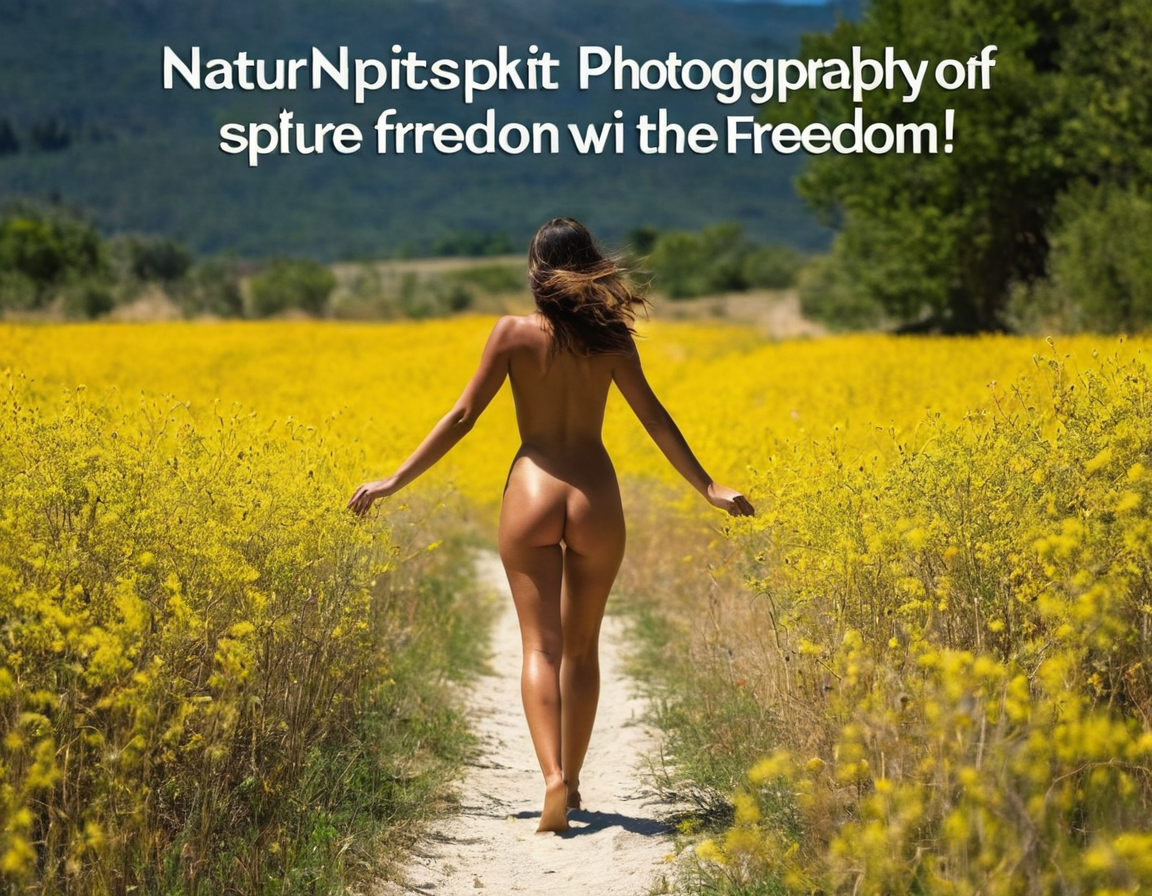: Naturist Photography: Capturing the True Spirit of Freedom and Harmony with Nature

Naturist photography, also known as nude or naked photography, is an art form that has captivated photographers and art lovers for centuries. This genre focuses on showcasing human bodies in their natural state, without any clothing or accessories to obstruct the purity of its representation. Naturist photography goes beyond simple aesthetics; it embodies a deeper connection with nature, self-expression, and freedom that transcends societal norms and expectations. Learn more about Naturist
Capturing the True Spirit: Techniques for Perfecting Naturist Photography
Naturist photography requires an intricate balance of technical expertise, artistic creativity, and understanding human emotions. Here are some key techniques to master this genre effectively:
1. Establish trust and comfort with your subject(s): The first step in any naturist photoshoot is building a rapport with the model(s). As with traditional portrait photography, establishing trust will make the individual feel more comfortable and relaxed during the shoot. This, in turn, allows for natural expressions and poses that are crucial to capturing authentic moments.
Learn more about Photography
2. Choose appropriate locations: Selecting a suitable location is vital as it can significantly impact the overall mood of your photograph. Opt for outdoor settings like beaches, forests, or secluded lakeside areas where naturists feel more comfortable and at ease with their surroundings. Remember that you should also have proper permission to shoot in these locations, respecting both private property rights and local laws regarding nudity.
3. Emphasize harmony with nature: One of the primary goals of naturist photography is highlighting the connection between humans and their environment. Utilize natural lighting conditions, incorporating golden hour or blue hour effects to enhance this relationship visually. Additionally, consider using props such as leaves, flowers, or branches that blend seamlessly into the surroundings while adding depth and context to your shots.
4. Play with composition: Experimenting with different compositions can add layers of meaning and emotion to your naturist photographs. For instance, a full-body shot may convey a sense of liberation, whereas close-ups might emphasize vulnerability or intimacy. Consider incorporating elements from the environment, like leading lines or negative space, to guide the viewer’s eye through the image.
5. Post-processing techniques: Enhance your naturist photographs further by utilizing post-processing tools in editing software like Adobe Lightroom or Photoshop. Subtle adjustments such as color grading, tonal balance, and sharpness can significantly impact the overall appearance of your images. Always strive for natural enhancements that preserve the authenticity of the captured moments.
Fostering a Sense of Freedom: The Impact of Naturist Photography
Naturist photography transcends its aesthetic value by promoting self-acceptance, body positivity, and freedom from societal constructs surrounding nudity and sexualization. Through these photographs, artists can empower individuals to embrace their bodies in all forms while reconnecting with nature on a deeper level. By sharing such images publicly, they contribute to broader conversations about acceptance and liberation, inspiring others to challenge societal norms and find solace within themselves. Learn more about Capturing
In conclusion, naturist photography is an art form that celebrates human beauty and our inherent connection with nature. Through mastering techniques like building trust, selecting appropriate locations, emphasizing harmony with the environment, experimenting with composition, and utilizing post-processing tools, photographers can capture truly impactful images that go beyond aesthetics to promote freedom, self-acceptance, and a deeper understanding of our place in this world.

Keywords: naturist photography, nude photography, naked photography, human bodies, nature connection, trust, comfort, location selection, harmony with nature, lighting conditions, props, composition, post-processing techniques, body positivity, societal constructs, acceptance, liberation, self-acceptance.
